Tips for maintaining furniture

Solid wood flooring: wipe with orange peel water
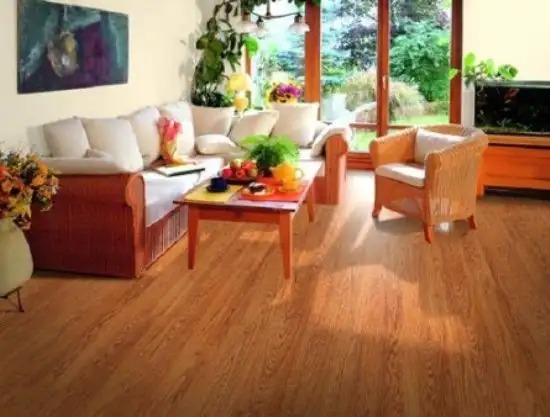
Solid wood flooring is a true gem among home decor materials. Regular maintenance is already a tedious task, and even more so during the busy New Year and New Year holidays.
Light-colored solid wood floors in bedrooms should be carefully protected from scratches by sharp or hard objects. Avoid using hard objects or knives, which can damage the paint film, to remove stubborn stains from the floor. Avoid dragging rough, heavy, or hard objects on the floor. When placing tables and chairs, it's best to place protective mats under the floor. Basic moisture-proofing measures should be completed before flooring is installed. Avoid using plywood or wood planks with high moisture content, and ensure a moisture-proof layer is applied. During daily cleaning, avoid using an overly wet mop. If spilled, wipe clean with a soft cloth and keep the floor dry.
During the Lunar New Year holiday, with friends and family flocking to the area, mischievous children can easily spill drinks on the floor, a common nuisance. For general stains caused by water-soluble substances, first wipe away the loose dust, then wipe with a soft cloth dipped in rice water or orange peel water to remove the stain. If chemicals or paint are spilled on the floor, remove the stain before it penetrates the wood surface. Wipe with a soft cloth dampened with furniture wax. If the floor surface is damaged by cigarette butts, rub vigorously with a soft cloth dampened with furniture wax to restore its shine.
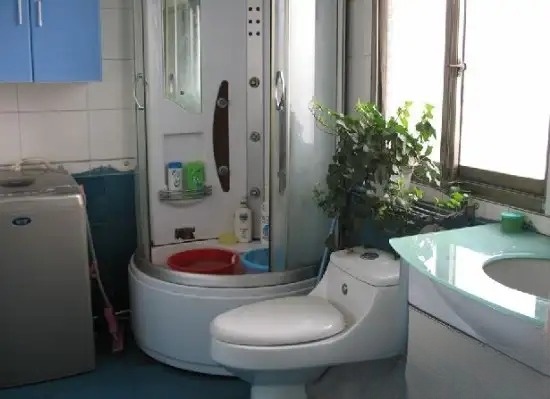
Sanitary ware: clean with neutral detergent
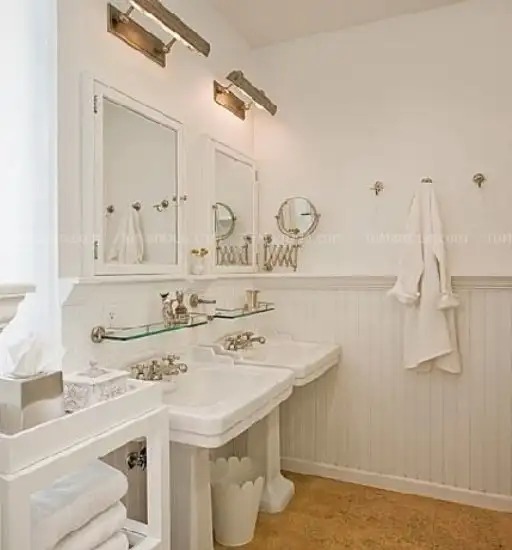
Toilets and washbasins are probably the most frequently used household items during the Spring Festival. To prevent the trouble of toilet clogging during the crowded Spring Festival, do not flush items such as newsprint, diaper pads, sanitary napkins, etc. into the toilet.
Any debris that a child accidentally drops into the toilet should be removed promptly. If there is a blockage, use a suction device immediately to remove it. Do not allow hard objects or rough fabrics to come into contact with ceramic products, and do not knock or hit them.
To avoid damaging the bathtub and plumbing, avoid using bath soaps or organic solvents containing sulfur, acids, or alkalis. Avoid using hot spring water. For normal cleaning, use a neutral detergent or soap and water. Use a liquid detergent to remove stubborn stains from the anti-slip pattern. For stains such as anti-corrosion marks and mercurochrome in the bathtub, first wipe with alcohol, then clean with a liquid detergent.
For stains like crayon, shoe polish, and wax, first wipe with denatured alcohol, then clean with liquid detergent. For grease-based stains, scrub with a stiff nylon brush and then clean with liquid detergent. Never use a scouring pad to clean the bathtub, as this can scratch the anti-slip coating and the enamel finish.
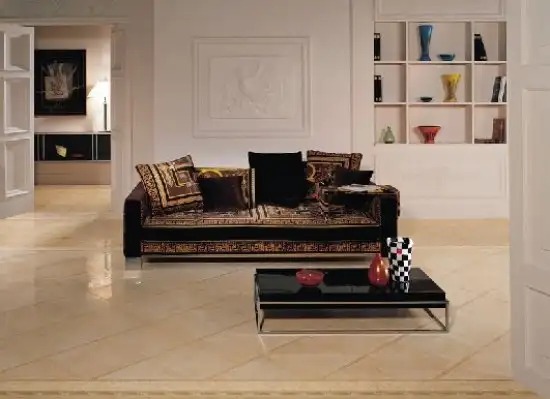
Tiles: Clean with a multi-purpose cleaning paste
During the Chinese New Year, the kitchen is used more frequently, and the tiles in the kitchen and bathroom need more careful care. At this time, in order to keep the porcelain surface clean without damaging the gloss of the porcelain surface, you can use a multi-purpose cleaning paste to clean it.
Home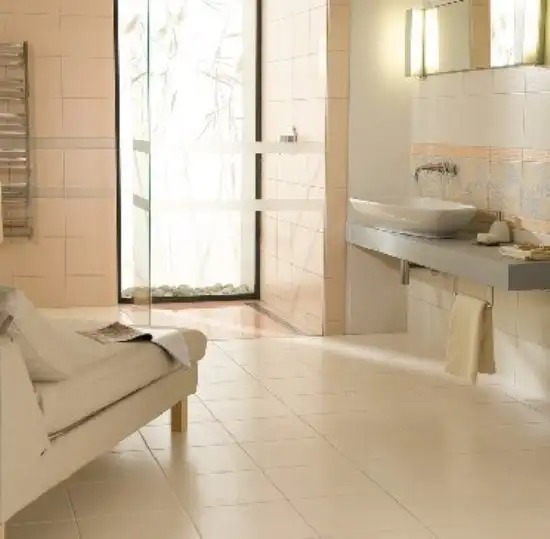
As for the gaps in the tiles, you should first use a toothbrush dipped in a little detergent to remove the dirt, and then use a brush to apply a layer of waterproofing agent in the gaps. This will not only prevent water seepage but also prevent the growth of mold.
Tiles often become loose, fall off, and leak during use. Especially during the Lunar New Year holiday, when guests flock to your home, tile wear and tear are bound to increase. Don't worry; stone adhesives and exterior waterproofing agents can help address these issues.
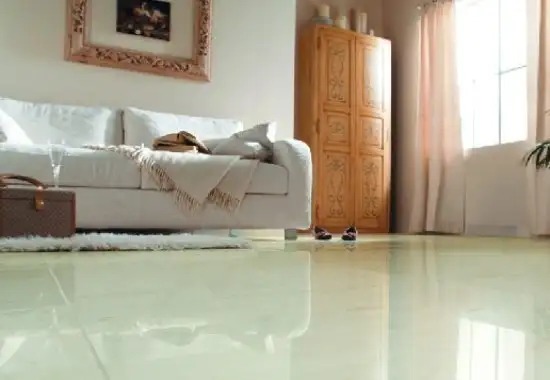
Ceramic tiles are mostly pasted with cement mortar as the adhesive.

The bonding strength is insufficient, and prolonged exposure to damp, seeping, and flooded kitchen and bathroom environments can easily cause tiles to loosen and fall off. Even though adding 107 glue to cement mortar can improve the bonding strength, the effect is not ideal. In this case, a resin-based adhesive can be used to adhere the tiles, which will prevent them from falling off even after prolonged immersion in water.
In addition, the tile joints and adhesive layers are very easy to seep water, which can easily cause moisture to return to the interior walls, causing the paint layer to peel off or the wallpaper to be damaged. We can solve this problem by using resin-shaped stone bonding and combining it with exterior wall waterproofing agents.
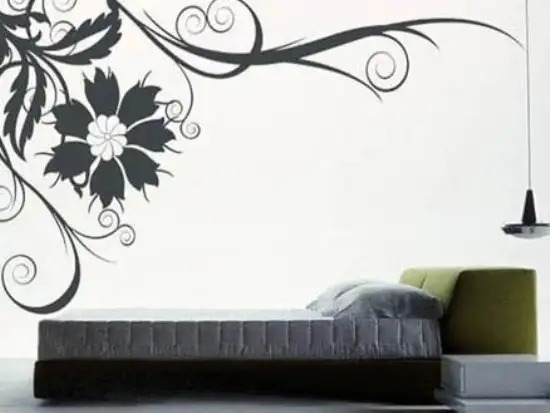
Wall: Use an eraser to wipe the non-water-resistant wall

Graffiti is a specialty of children, so those using water-based interior paint should be wary. If you notice any unusual stains on the wall, remove them promptly. For water-resistant surfaces, wipe with a cloth and blot dry with a dry towel. For non-water-resistant surfaces, use an eraser or a towel dipped in cleaning solution and wrung out, then gently rub. In short, remove dirt promptly, as this can leave permanent marks over time.